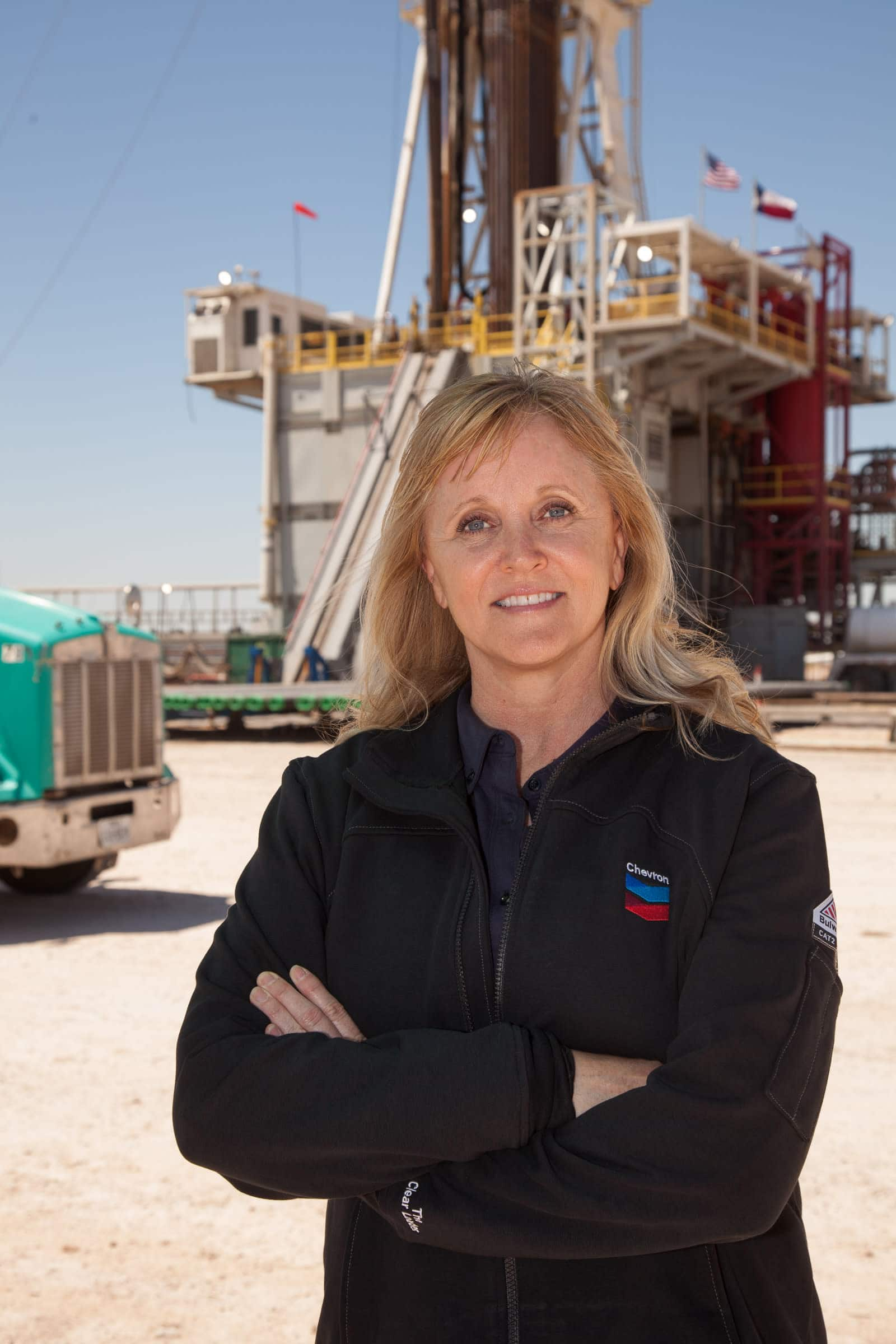Sessions With Kim McHugh
Wednesday, 11 March
-
11:30am - 12:30pm (CST) / -
Lowering the Carbon Footprint in Upstream Operations
Upstream Oil & Gas Climate & SustainabilityOil and gas companies are responding to the pressures to reduce the carbon intensity of their upstream operations by reducing energy consumption through optimization of processes and assets, incorporating less carbon-intense power sources, and detecting and remedying unintended emissions. What are the emerging emission-reducing, technology-enabled organizational and operating models? How do these models fit within the broader context of upstream and energy regulations and stakeholder concerns? As new technologies become available to help reduce a company’s upstream carbon footprint, what technologies (will) have the greatest impact and how do companies effectively prioritize among them? To what extent do policy regulations versus internal targets influence the carbon reduction activities of companies, and how do the effects of these mechanisms differ? What are the organizational aspects when incorporating low-carbon technologies and operations into existing workflows?
- Speakers:
- Oscar Abbink
- Kim McHugh
- Dr. Pratima Rangarajan
- Alessandro Puliti

